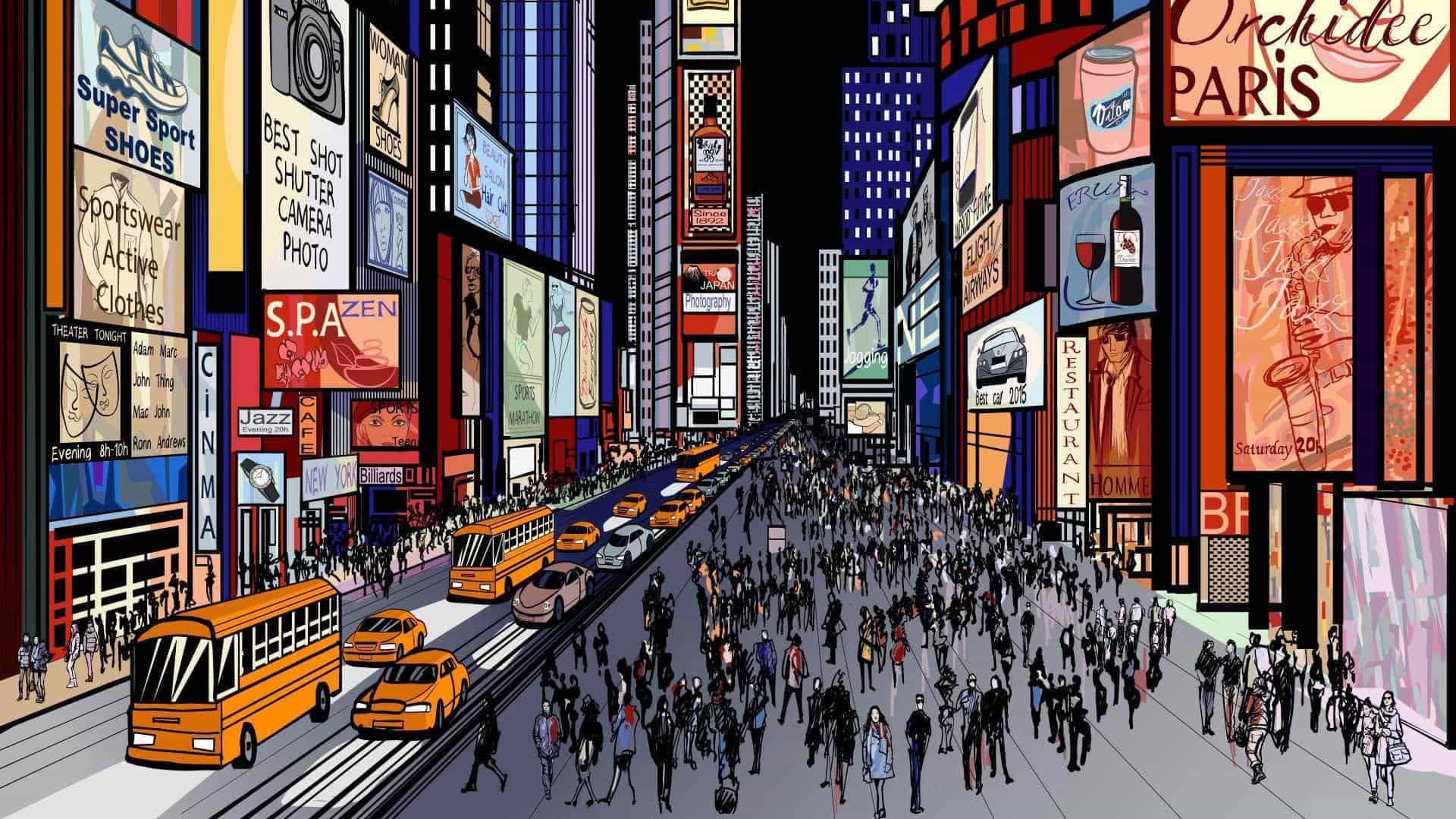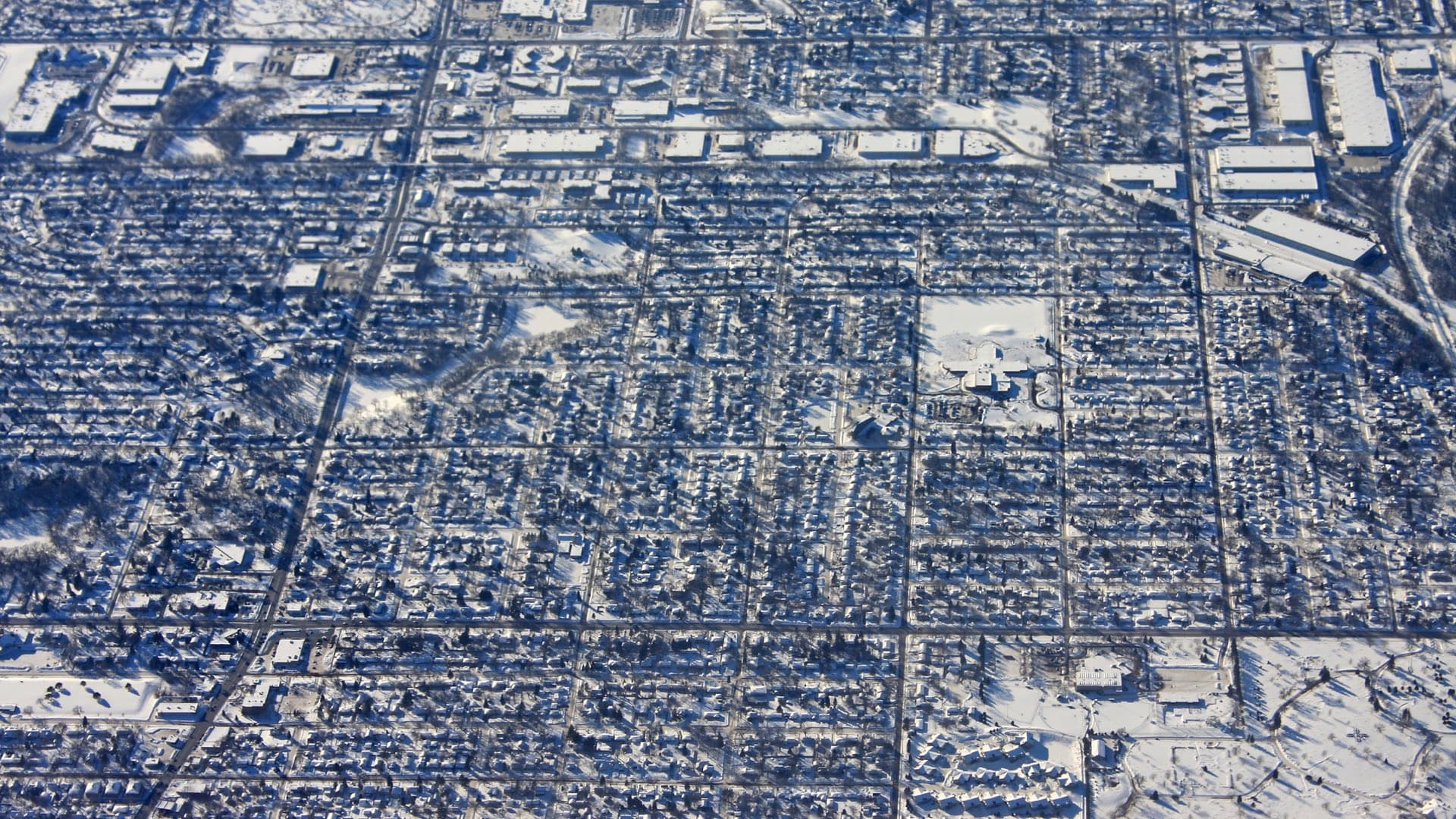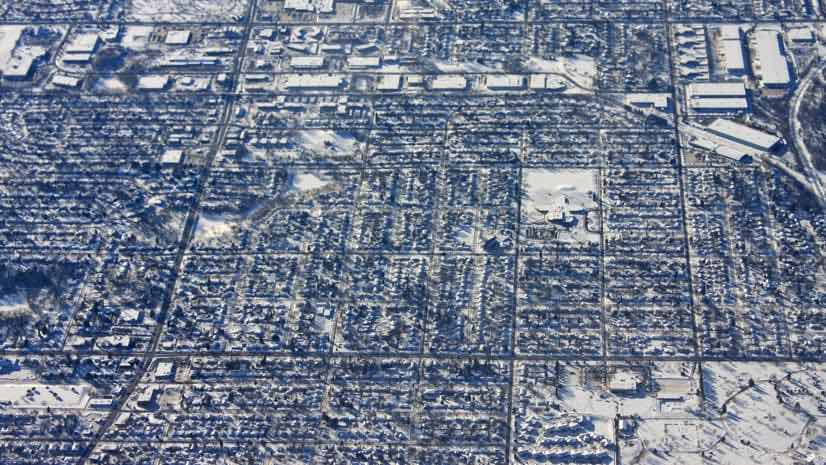As cities evolve, they increasingly connect to their residents through technology. Recent news out of New York City exemplifies how this trend is fueling greater services for citizens and foreshadowing advances in smart cities and autonomous driving.
The MIT Technology Review recently reported that tech startup Intersection has installed 900 LinkNYC kiosks among New York City’s five boroughs. Each kiosk is 10 feet tall, Internet of Things (IoT) enabled, and is located where a phone booth used to stand. A similar implementation is taking place in London.
The immediate uses for the Links are straightforward, according to Elizabeth Woyke, author of the MIT article:
Today, people use the Links primarily to charge their smartphones, take advantage of the fast Wi-Fi, and search for information about the weather and local restaurants. All these services are free to use, in part because the 10-foot-tall kiosks display ads that generate funds the cities share with the companies that designed and run the technology [including Qualcomm and British telecom BT].
Intersection, which is funded by Google’s parent company Alphabet, plans to expand to 7,500 connected stations within New York City, which could yield half a billion dollars in revenue for the Big Apple over 12 years.
The Missing Link
As city services grow more sophisticated, the Links’ capacity to sense, observe, and relate will, too, according to the article:
Each Link also has two built-in cameras, which face in opposite directions, potentially yielding views up and down the street. Right now, these cameras are only used to monitor for vandalism and damage, but if the city granted permission, Intersection could use them to capture a nearly 360° view of each Link’s surroundings . . . Eventually, information from Intersection’s future sensors could be combined to create real-time data maps that might be useful for emerging technologies such as self-driving cars.
Thus, as connected kiosks generate increasing volumes of location-based information, the applications for that data, such as contributing to traffic management, grow as well.
Mobilized Information
Data from smart kiosks isn’t the only source of new information streaming into cities. Driver-assistance technology company Mobileye has collaborated with Esri to augment Mobileye’s Shield+ system, which uses a collection of cameras installed on fleet vehicles—typically city buses—to detect pedestrians and other obstacles and alert drivers to avoid collisions. In real time, the information can save lives. It also can be converted into valuable insight for cities.
Think of Shield+ as a set of sensors that are actively moving around a city collecting data. Today, the sensors are focused on pedestrian detection, but tomorrow cities might see features such as road hazards from that data. Imagine five or six vehicles passing over a major pothole in the next hour. That could trigger a dispatch to someone at the Department of Transportation (DOT) to repair the hazard.
Authoritative data—whether it comes from kiosks, buses, or a combination of sources—will give planners a more holistic view of an area at any given time, ultimately helping them create smarter cities and a higher quality of living.
Similarly, real-time data on road conditions, including construction, traffic, or weather-related hazards, could be fed to nearby vehicles to improve their situational awareness.
This ground-truthed data—whether it comes from kiosks, buses, or a combination of sources—will give decision-makers a more holistic picture of a city at any given time. With that improved awareness, city planners will be better equipped for everything from asset mapping, to monitoring changing road conditions—ultimately creating smarter cities with a higher quality of living.
As Intersection’s chief innovation officer Colin O’Donnell told the MIT Technology Review:
“Phase One was about making sure we’re offering robust services to people. Now we’re figuring out how we can leverage all the different datasets we have access to and make [this technology] as dynamic and responsive as it can be.
The Esri Brief
Trending insights from WhereNext and other leading publicationsTrending articles

December 5, 2024 |

July 25, 2023 |

November 12, 2018 |

April 1, 2025 |

April 29, 2025 |

February 1, 2022 |





